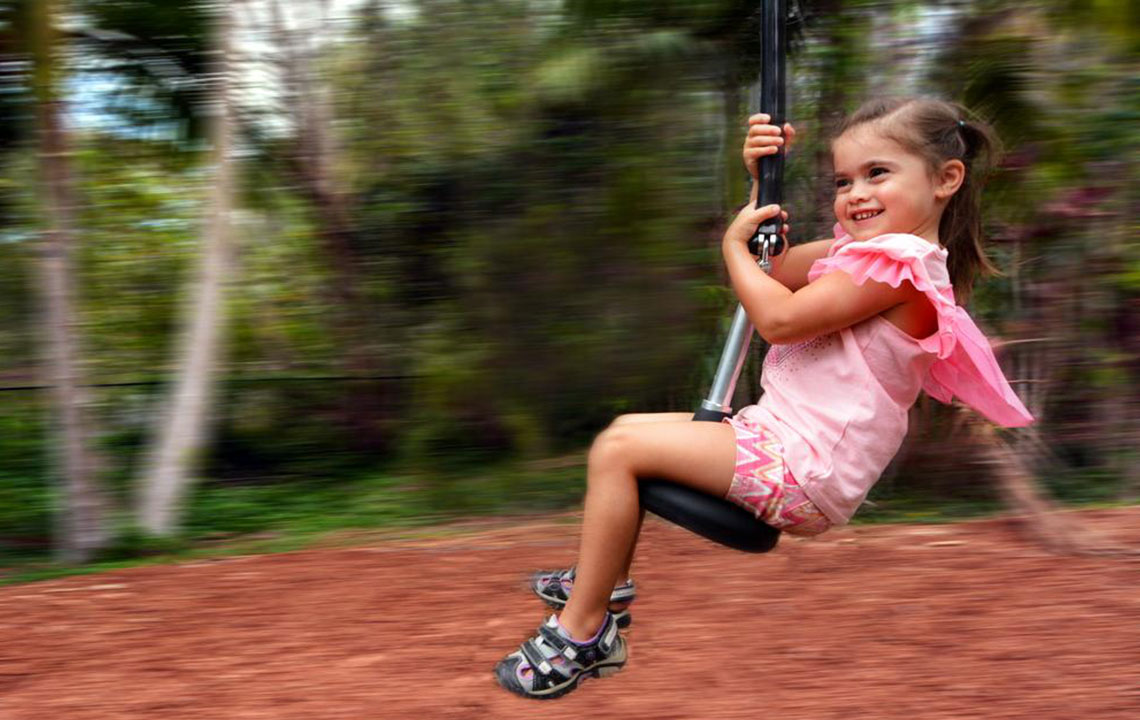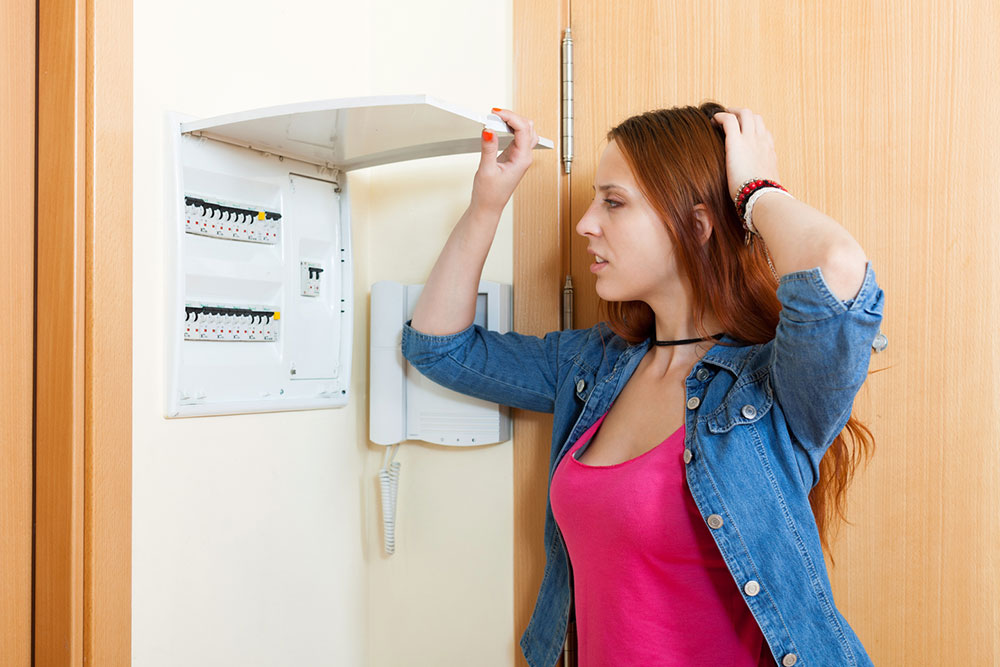Complete Purchasing Guide for Your Perfect Trampoline
This comprehensive guide helps you select the ideal trampoline for your space, emphasizing safety, size, shape, and weather considerations. Learn practical tips for a safe, enjoyable jumping experience tailored to your needs, whether indoor or outdoor.

How to Select the Right Trampoline for Your Home
Considering buying a trampoline? It's a fantastic decision! Trampolines provide endless entertainment and support fitness and health goals. Prior to purchasing, evaluate essential features, safety precautions, and space requirements to ensure an enjoyable experience.
While trampolining is great exercise, safety should always come first. Many experts advise against frequent home use due to safety risks, but personal preference often influences choices.
Key tips include:
Implement safety protocols: Limit to one jumper at a time, avoid flips without supervision, and steer clear of jumping onto hard surfaces or from the trampoline onto other objects.
Assess available space: Ensure a flat, soft surface with at least 3 feet of clearance around the trampoline. Clear away rocks and hard objects nearby.
Trampolines come in various shapes, sizes, and spring counts — common shapes are round, rectangular, octagonal, oval, and square, with diameters ranging from 6 to 18 feet. Choose based on your space. Round models are popular for centered bouncing, while rectangular options are preferred by athletes and gyms. The spring count influences bounce quality; for example, a 15-foot trampoline typically contains 70-96 springs. More springs provide a better bounce.
If installing outdoors, stay mindful of weather. Avoid using the trampoline during strong winds or when the surface is wet, as moisture can damage the equipment and compromise safety. Weather-resistant materials like PVC enhance durability.


